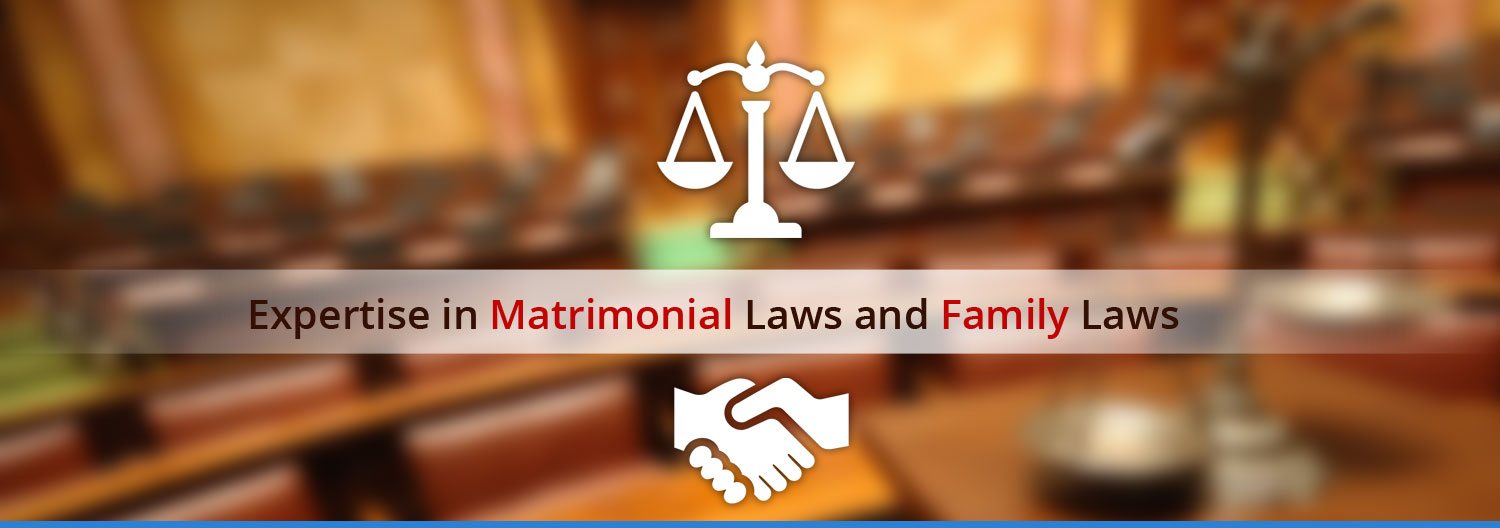From V
(See sub-rule (1) of rule 11)
Register of Marriages
Register of Marriages for the year…
|
|
| 3
| SI. No.
|
|
|
| S
| Date of marriage and place of marriage
|
|
|
| 3
| Name of husband and his address
|
|
|
| 3
| His age at the time of marriage
|
|
|
| 3
| Religion of Husband
|
|
|
| S
| Name of wife and her address
|
|
|
| 3
| Her age at the time of marriage
|
|
|
| ‘oo
| Religion of wife
|
|
|
| 3
| Date of Refusal
|
From VI
(see sub-rule (1) of rule 11)
Register of refusal of Marriages
Register of refusal of Marriages for the year
|
|
| 3
| SI No.
| |
|
|
| S
| Date of marriage and place of marriage
| |
|
|
| S
| Name of husband and his address
| |
|
|
| S
| His age at the time of marriage
| |
|
|
| la
| Religion of Husband
| |
|
|
| 3
| Name of wife and her address
| |
|
|
| 3
| Her age at the time of marriage
| |
|
|
| ‘So
| Religion of wife
| |
|
|
| 3
| Dateof Registration
|
Form VII
(See rule 15)
Application for obtaining certified copy/Certified extract
Date:
From :
(Name and address of the persons(s)) To The Registrar of Marriages,
Sub : Certified copy/Certified extract Sir,
I, the undersigned, request you that—
(1)……………………….(please write the number) certified copy/ certified
extract of the following document(s) may please be provided to me at the earliest.
l(a) a certificate of registration of a marriage, ‘(b) the extract of the register of marriages
(2) The Particualrs of Marriage— (i) Name of the husband…………..
(ii) Name of the wife………………
(iii) Date of registration of marriage……………..
(iv) Date and no. of a certificate of registration of marriage…………………..
(3) The fees of Rs……………. (rupees………………….) is enclosed herewith.
Place : Yours faithfully,
Date :
| 56 |
| Smt. Seema |
IN THE SUPREME COURT OF INDIA
Arijit Pasayat & S.H. Kapadia, JJ.
Transfer Petition (Civil) 291 of 2005
14.02.20061
.. Petitioner
| v. |
| .. Respondent |
| Ashwani Kumar |
JUDGMENT/Arijit Pasayat, J.—
1. The origin of marriage amongst Aryans in India, as noted in Mayne’s Hindu Law and Usage, as amongst other ancient peoples is a matter for the Science of anthropology. From the very commencement of the Rigvedic age, marriage was a well-established institution, and the Aryans ideal of marriage was very high.
2. The Convention on the Elimination of All Forms of Discrimination Against Women (in/short ‘CEDAW’) was adopted in 1979 by the United Nations General Assembly. India was a signatory to the Convention on 30th July, 1980 and ratified on 9th July, 1993 with two Declaratory Statements and one Reservation. Article 16(2) of the Convention says “though India agreed on principle that compulsory registration of marriages is highly desirable, it was said as follows:
‘”It is not practical in a vastxcountry like India with its variety of customs, religions and level of literacy’ and has expressed reservation to this very clause to make registration of marriage compulsory”.
3. While a transfer petition was being heard, it was noted with concern that in large number of cases some unscrupulous persons are denying the existence of marriage taking advantage of the situation that in most of/the States there is no official record of the marriage. Notice was issued to various States and Union Territories and learned Solicitor General and Mr. Ranjit Kumar, learned senior counsel were requested to act as Amicus Curiae to assist the Court [in laying down guidelines in the matter of registration of marriages. Without exception, all the States and the Union Territories indicated their stand to the effect that registration of marriages is highly desirable.
4. It has been pointed out that compulsory registration of marriages would be a step in the right direction for the prevention of child marriages still prevalent in many parts of the country. In the Constitution of India, 1950 (in short the ‘Constitution’), List III (the Concurrent List) of the Seventh Schedule provides in Entries 5 and 30 as follows:
“5. Marriage and divorce ; infants and minors ; adoption ; wills, intestacy and succession ; joint family and partition ; all matters in respect of which parties in judicial proceedings were immediately before the commencement of this Constitution subject to their personal law.
30. Vital statistics including registration of births and deaths.”
5. It is to be noted that vital statistics including registration of deaths and births is covered by Entry 30. The registration of marriages would come within the ambit of the expression ‘vital statistics’.
6. From the compilation of relevant legislations in respect of registration of marriages, it appears that there are four Statutes which provide for compulsory registration of marriages. They are: (1) The Bombay Registration of Marriages Act, 1953 (applicable to Maharashtra and Gujarat), (2) The Karnataka Marriages (Registration and Miscellaneous Provisions) Act, 1976, (3) The Himachal Pradesh Registration of Marriages Act, 1996, and (4) The Andhra Pradesh Compulsory Registration of Marriages Act, 2002. In five States, provisions appear to have been made for voluntary registration of Muslim marriages. These are Assam, Bihar, West Bengal, Orissa and Meghalaya. The “Assam Moslem Marriages and Divorce Registration Act, 1935” the “Orissa Muhammadan Marriages and Divorce Registration Act, 1949” and the “Bengal Muhammadan Marriages and Divorce Registration Act, 1876″ are the relevant statutes. In Uttar Pradesh also, it appears that the State Government has announced a policy providing for compulsory registration of marriages by the Panchayats and maintenance of its records relating to births and deaths. Under the Special Marriage Act, 1954 which applies to Indian citizens irrespective of religion, each marriage is registered by the Marriage Officer specially appointed for the purpose. The registration of marriage is compulsory under the Indian Christian Marriage Act, 1872. Under the said Act, entries are made in the marriage register of the concerned Church soon after the marriage ceremony along with the signatures of bride and bridegroom, the officiating priest and” the witnesses. The Parsi Marriage and Divorce Act, 1936 makes registration of, marriages compulsory. Under Section 8 of the Hindu Marriage Act, 1955 (in short the ‘Hindu Act’) certain provisions exist for registration of marriages. However, it is left to the discretion of the contracting parties to either solemnize the marriage before the Sub-Registrar or register it after performing the marriage ceremony in conformity with the customary beliefs. However, the Act makes it clear that the validity of the marriage in no way will be affected by omission to make the entry in the register. In Goa, the Law of Marriages which is in force in the territories of Goa, Daman and Diu w.e.f. 26.11.1911 continues to be in force. Under Articles 45 to 47 of the Law of Marriages, registration of








I just couldn’t leave your web internet site prior to saying which i undoubtedly enjoyed the high quality information you present for your website readers..